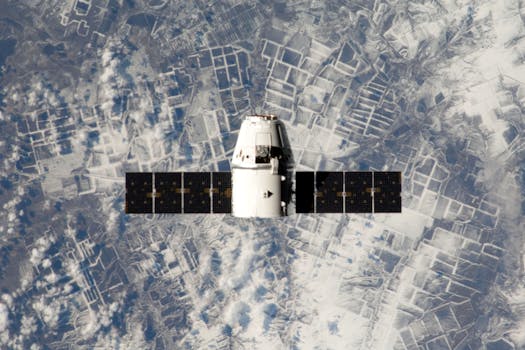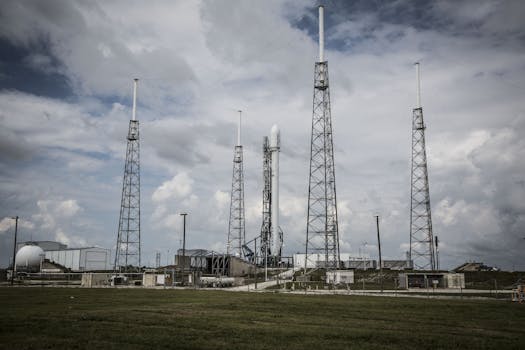MEO Satellites: Revolutionizing Global Communications with Medium Earth Orbit Technology – MEO Satellites

MEO Satellites are at the forefront of a revolution in global communications, leveraging Medium Earth Orbit technology to provide unparalleled connectivity solutions. MEO Satellites, or Medium Earth Orbit satellites, operate at an altitude of approximately 20,000 kilometers, striking a balance between the low Earth orbit (LEO) and geostationary Earth orbit (GEO) satellites. This unique positioning allows MEO satellites to offer a blend of extensive coverage, low latency, and cost-effectiveness, making them an attractive option for a wide range of applications, from telecommunications and navigation to Earth observation and scientific research.
At the beginning of the MEO satellites era, the primary focus was on navigation systems, with the launch of the first Global Positioning System (GPS) satellites by the United States and the GLONASS system by Russia. These early deployments paved the way for the development of other satellite constellations, including the European Galileo system and China’s BeiDou Navigation Satellite System. The success of these navigation systems demonstrated the potential of MEO satellites for providing global coverage and precision, setting the stage for their expansion into other areas of satellite communications.
MEO satellites have several key advantages that make them particularly well-suited for modern communications needs. One of the most significant benefits is their ability to provide broad coverage with fewer satellites compared to LEO constellations. While LEO satellites need hundreds or even thousands of satellites to achieve global coverage due to their lower altitude and shorter range, MEO satellites can cover the entire Earth with a much smaller constellation. This reduces the complexity and cost of deploying and maintaining the satellite system, making MEO satellites a more economical option for many applications.
Another critical advantage of MEO satellites is their latency, which is significantly lower than that of GEO satellites. Because MEO satellites are closer to Earth than GEO satellites, they offer round-trip signal delays of around 50-80 milliseconds, which is comparable to fiber-optic cables and much faster than the 200-300 milliseconds typical of GEO satellites. This lower latency is crucial for real-time communications, such as voice calls, video conferencing, and online gaming, where delays can significantly impact the user experience.
Furthermore, MEO satellites are less prone to interference and signal degradation compared to LEO satellites. The higher altitude of MEO satellites reduces the impact of atmospheric interference and signal scattering, resulting in a more stable and reliable communication link. This stability, combined with the inherent redundancy of satellite communications, makes MEO satellites an attractive option for critical infrastructure and applications requiring high availability.
In addition to their technical advantages, MEO satellites are also playing a pivotal role in bridging the digital divide. By providing broadband internet access to underserved and remote areas, MEO satellites can help connect communities that lack access to traditional fiber-optic or wireless infrastructure. This can have a profound impact on economic development, education, and healthcare in these regions, highlighting the potential of MEO satellites to contribute to global social and economic development.
Despite the many advantages of MEO satellites, there are also challenges associated with their deployment and operation. One of the primary concerns is the issue of orbital congestion and the potential for collisions with other satellites or space debris. As the number of satellites in MEO increases, so does the risk of accidents, emphasizing the need for careful planning, international cooperation, and the development of standards and regulations to ensure the sustainable use of the MEO environment.
Looking to the future, the demand for MEO satellites is expected to continue growing, driven by the increasing need for global connectivity, the expansion of the Internet of Things (IoT), and the development of new applications such as satellite-based 5G networks. As technology advances, we can expect to see further innovations in MEO satellite design, launch systems, and operational capabilities, which will enhance their performance, efficiency, and cost-effectiveness.
In conclusion, MEO satellites are poised to play an increasingly important role in the future of global communications, offering a unique combination of coverage, latency, and cost-effectiveness that makes them an attractive option for a wide range of applications. As the satellite communications industry continues to evolve, the advantages of MEO satellites will become even more pronounced, positioning them as a critical component of the global communications infrastructure.
See more:





